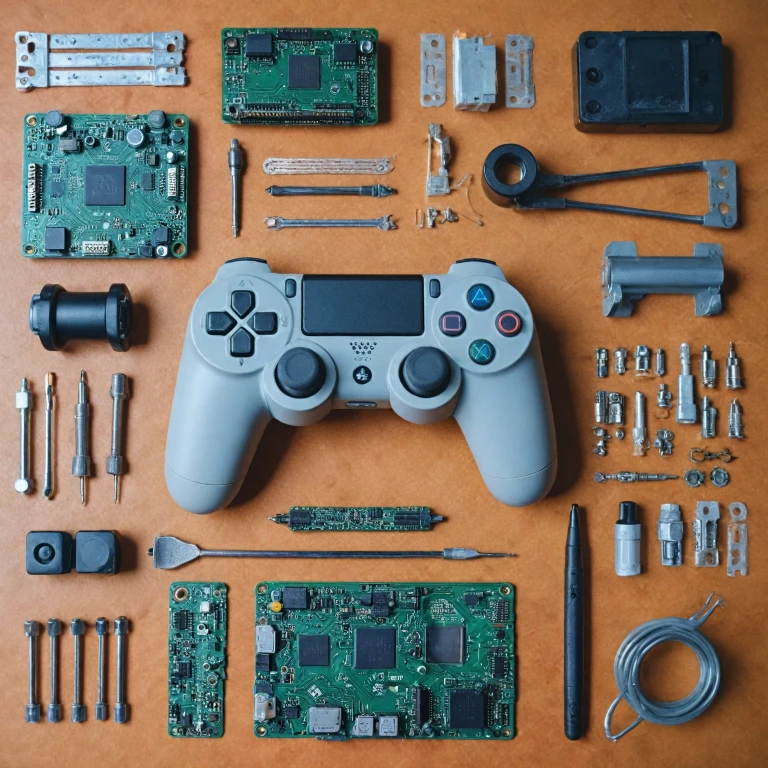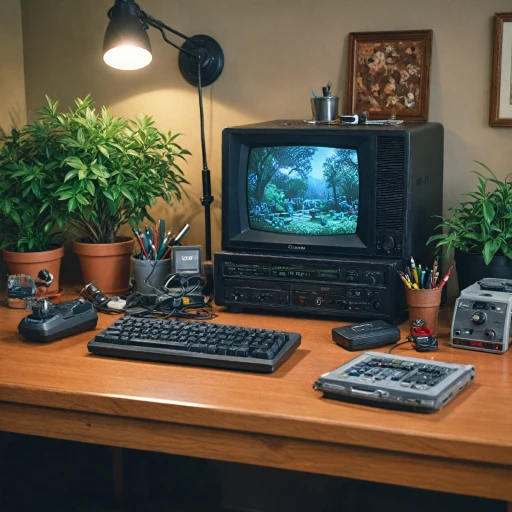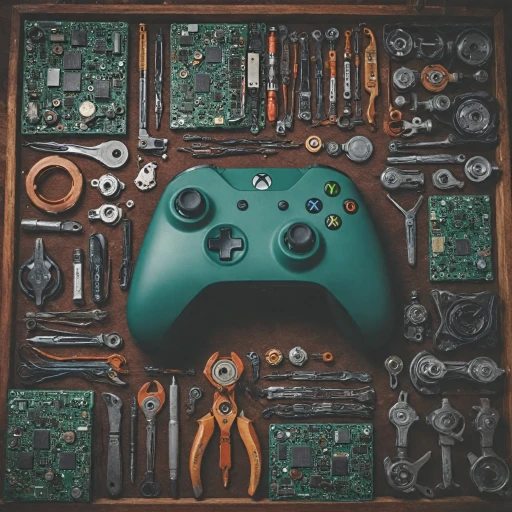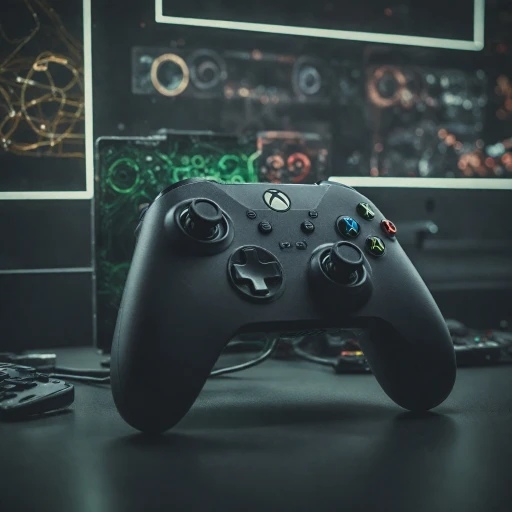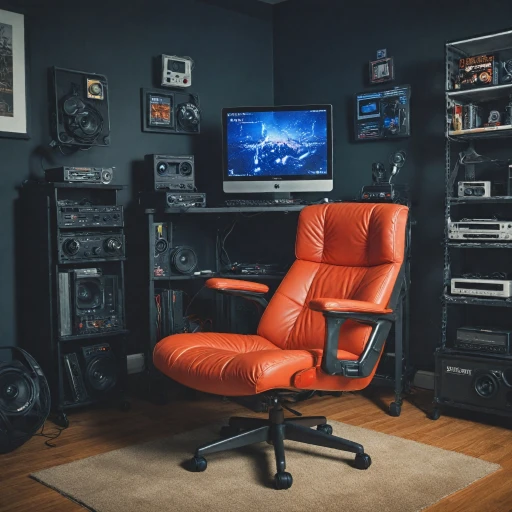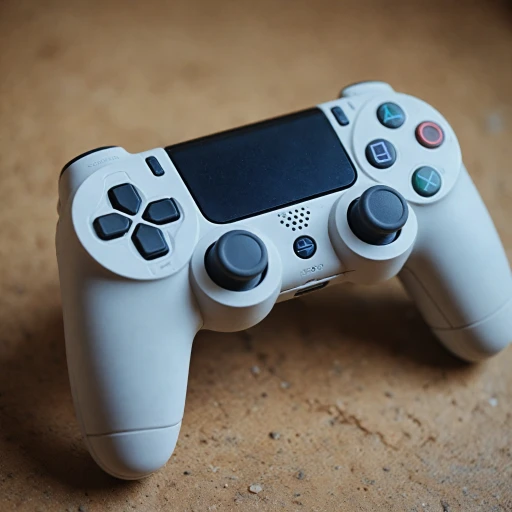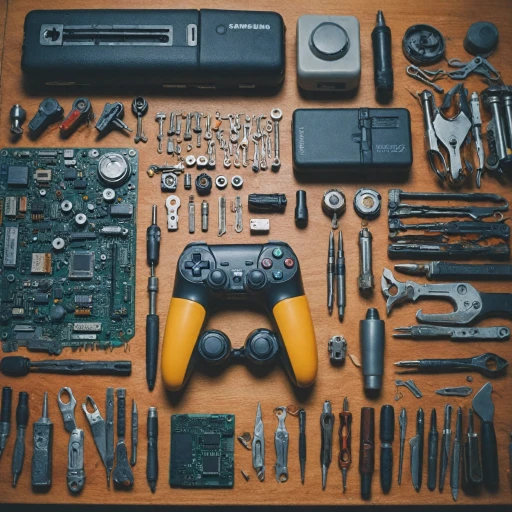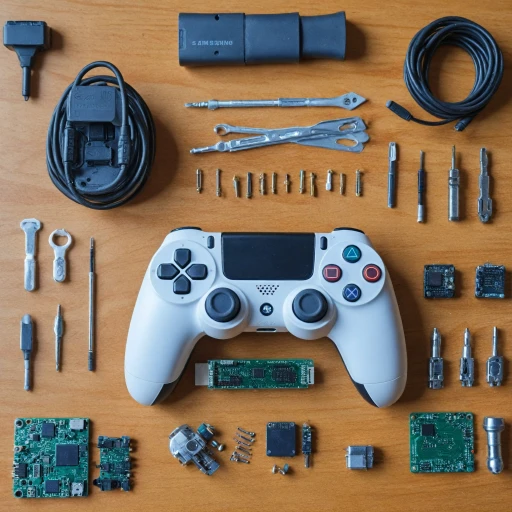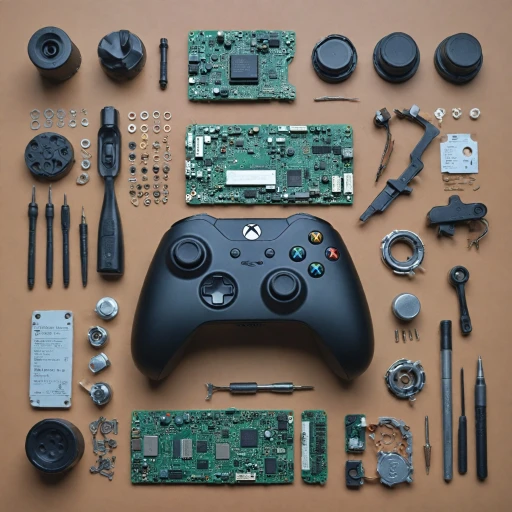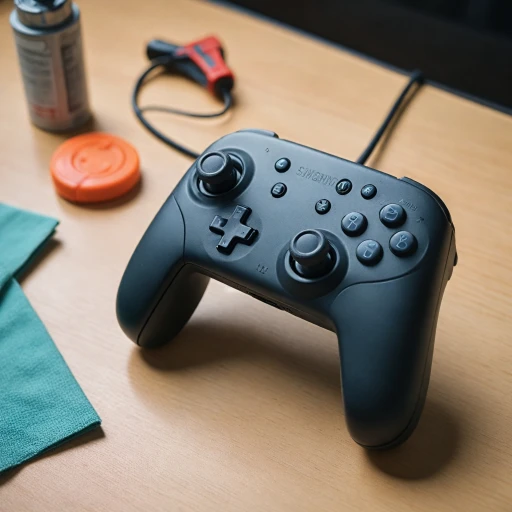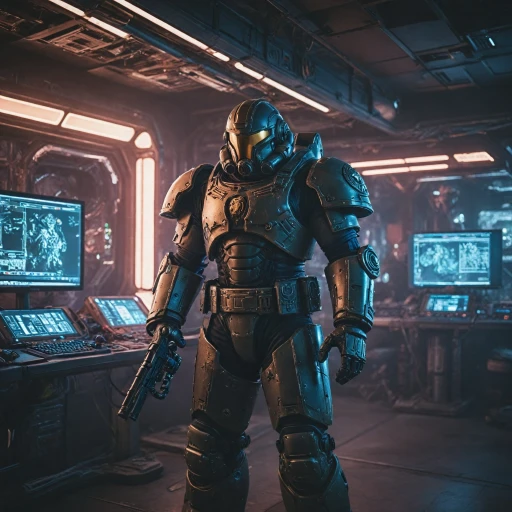
Understanding Common PlayStation Controller Issues
Identifying Common Issues with PlayStation Controllers
PlayStation controllers, including the DualSense and DualSense Edge, are known for their quality and innovation. However, like any piece of technology, they can encounter issues over time. Understanding these common problems is the first step in effective repair and maintenance.
Connectivity Problems
One of the most frequent issues is connectivity. Your wireless controller might suddenly stop connecting to the console, or the connection might be unstable. This can often be resolved by checking the USB cable or resetting the controller using the reset button on the back. If these quick fixes don't work, a more detailed guide on fixing connectivity problems can be beneficial.
Unresponsive Buttons and Stick Drift
Another common issue is unresponsive buttons or stick drift, where the controller stick moves on its own without input. This can be particularly frustrating during gameplay. Regular cleaning and maintenance can help, but sometimes a deeper repair is necessary. For those experiencing persistent issues, learning how to repair unresponsive buttons and joysticks can save time and money.
Wear and Tear
Over time, wear and tear can affect the performance of your PlayStation controller. The left stick might become loose, or the buttons might not respond as fast as they used to. Regular maintenance can prolong the life of your controller, ensuring it remains in top condition for longer.
Warranty and Professional Repair Services
If your controller is still under warranty, it might be worth considering a professional repair service. Sony PlayStation offers repair services that can address more complex issues. Knowing when to seek professional help can prevent further damage and ensure your controller is repaired to a high standard.
For more insights into the gaming world, including the current status of Helldivers 2 servers, you can explore this detailed article.
Essential Tools for PlayStation Controller Repair
Gathering the Right Toolkit for Effective PlayStation Controller Repair
When facing issues with your PlayStation controller, whether it's the DualSense wireless, DualSense Edge, or the older models, having the right tools on hand is crucial to an efficient repair process. This section covers the essentials you'll need to fix common PlayStation controller issues.- Screwdrivers: A small Phillips-head screwdriver or a magnetic screwdriver set will help you open your controller casing. Consider having a precision set for better handling of smaller screws.
- Plastic Opening Tools: These tools assist in prying open the controller casing without scratching or damaging the plastic surface. A spudger can be particularly useful here.
- Cleaning Supplies: Isopropyl alcohol (preferably 99%) is effective for cleaning internal components. Cotton swabs and microfiber cloths help in gently removing dirt and dust.
- Replacement Parts: Depending on the issue, you might need parts like button membranes, a new stick module, or even a battery. Purchasing these in advance ensures you’re prepared for any repairs.
- USB Cable: A high-quality USB cable is essential to ensure reliable connectivity, especially if you're troubleshooting wireless issues or verifying if there's a problem with the USB port itself.
Step-by-Step Guide to Fixing Connectivity Problems
Tackling Connectivity Issues with the DualSense
Addressing connectivity problems in your PlayStation wireless controller can be a bit frustrating, but rest assured, these issues are often quite manageable. Start by keeping a few essential steps in mind when troubleshooting your DualSense wireless controller. Check the Basics- Ensure your PlayStation console and DualSense controller are updated with the latest firmware. Updates can solve compatibility issues and improve overall performance.
- Verify that the controller is charged. A low battery can cause intermittent connection issues.
- Use a high-quality USB cable to attach your DualSense controller to the console directly. This helps in resetting the connection.
- Addressing stick drift: If you're dealing with the notorious “stick drift,” where the controller stick seems to have a mind of its own, you may need to open up the DualSense controller and clean or replace the stick module.
- Wireless interference: Devices operating on the same frequency can interfere with controller connectivity. Ensure there are no metallic objects or other wireless devices nearby causing disruptions.
Repairing Unresponsive Buttons and Joysticks
Resolving Unresponsive Interfaces
If you've ever encountered unresponsive buttons or joysticks on your PlayStation controller, you're not alone. This issue often arises with frequent use and can be exasperating during intense gaming sessions. To effectively manage this problem, you'll first need to understand the inner workings of the PlayStation DualSense controller components.
Identifying the Source of the Issue
Unresponsive buttons or sticks can occur due to several reasons, such as debris build-up or worn-out internal parts. If you notice stick drift or failures to register button presses, it's essential to first clean the controller thoroughly. Ensure that all debris is gently removed from the controller's surface, focusing on the edges of buttons and sticks. For persistent problems, a deep cleaning of the controller's internals may be required.
Using Quality Repair Tools
In scenarios where cleaning doesn't solve the unresponsiveness, consider using a controller-specific repair kit. These kits are designed to help users disassemble their DualSense controller safely. With precise tools, you can replace worn-out parts such as the stick modules or button pads, restoring the PlayStation controller's functionality.
Software Solutions
In some cases, the problem may not be hardware-related. Ensuring that your controller has the latest firmware update from Sony is crucial. Connectivity issues can occasionally cause buttons to become unresponsive, so it's wise to check the wireless connection if your controller is Bluetooth-enabled. You can also utilize the reset button located at the back of the controller to recalibrate settings.
Ensuring Button and Joystick Longevity
To extend the lifespan of your PlayStation controller's buttons and joysticks, regular maintenance is key. Avoid aggressive button presses and keep your console's vicinity free from dust. Also, properly store your controller in a protective environment when not in use, and during repairs, ensure precision to prevent additional damage.
Maintaining Your PlayStation Controller for Longevity
Prolonging the Lifespan of Your PlayStation Controller
Regular maintenance is key to ensuring your PlayStation controller serves you well over time. Whether you own the original DualSense or have upgraded to the DualSense Edge wireless variant, keeping your controller in peak condition can save you from frequent repairs or the need for purchasing a replacement.- Keep It Clean: Dust and grime can affect the quality of the buttons, joysticks, and overall feel of the controller. Use a microfiber cloth for surface dust and compressed air to clean in tight spots.
- Avoid Excessive Force: While intense gaming moments can lead to rough handling, it's crucial to treat buttons and joystick movements gently. Avoid excessive pushing that might induce stick drift or other issues.
- Storage Matters: Store your PlayStation controller in a dry, safe spot when not in use. This prevents moisture damage and accidental falls.
- Regular Battery Care: If you're using a DualSense wireless controller, ensure it is charged correctly. Avoid complete battery drains before recharging, as this can affect long-term battery health.
- Use Original Accessories: USB cables or chargers not recommended by Sony can lead to inconsistent charging and possibly damage your controller over time.
When to Seek Professional Help for Controller Repair
Recognizing the Need for Professional Assistance
While attempting controller repairs at home can often solve minor issues, there are certain scenarios where seeking professional help becomes essential. Recognizing these situations can not only save time but also ensure the longevity of your PlayStation controller.
- Complex Repairs: If your dualsense controller exhibits persistent problems like severe stick drift, unresponsive buttons, or fails to connect via USB cable, it might indicate underlying issues beyond basic repair. Professionals have the expertise to diagnose and fix these problems effectively.
- Quality Assurance: Repair services offer warranties on their repairs, providing a safety net if your controller experiences issues post-repair. This level of assurance is challenging to achieve with DIY repairs.
- Warranty Preservation: Attempting repairs yourself could potentially void the warranty of your Sony PlayStation controller. If your device is still under warranty, it's highly recommend to reach out to Sony's service team or an authorized repair service.
- Tools and Expertise: Professional technicians possess specialized tools and expertise to handle intricate repairs, particularly for complex models like the DualSense Edge wireless controllers. They can perform precise repairs without causing additional damage to your device.
- Immediate Service: If you need your controller fixed swiftly due to gaming commitments, a professional repair service can provide faster turnaround times compared to self-repair attempts.
In cases where efforts to repair your controller fail, or the issues become too technical, don’t hesitate to consult experts. This is not just about fixing the current problem but also preserving the life of your device for a long time to come. Prioritize quality and reliability by choosing a credible repair service when necessary.
